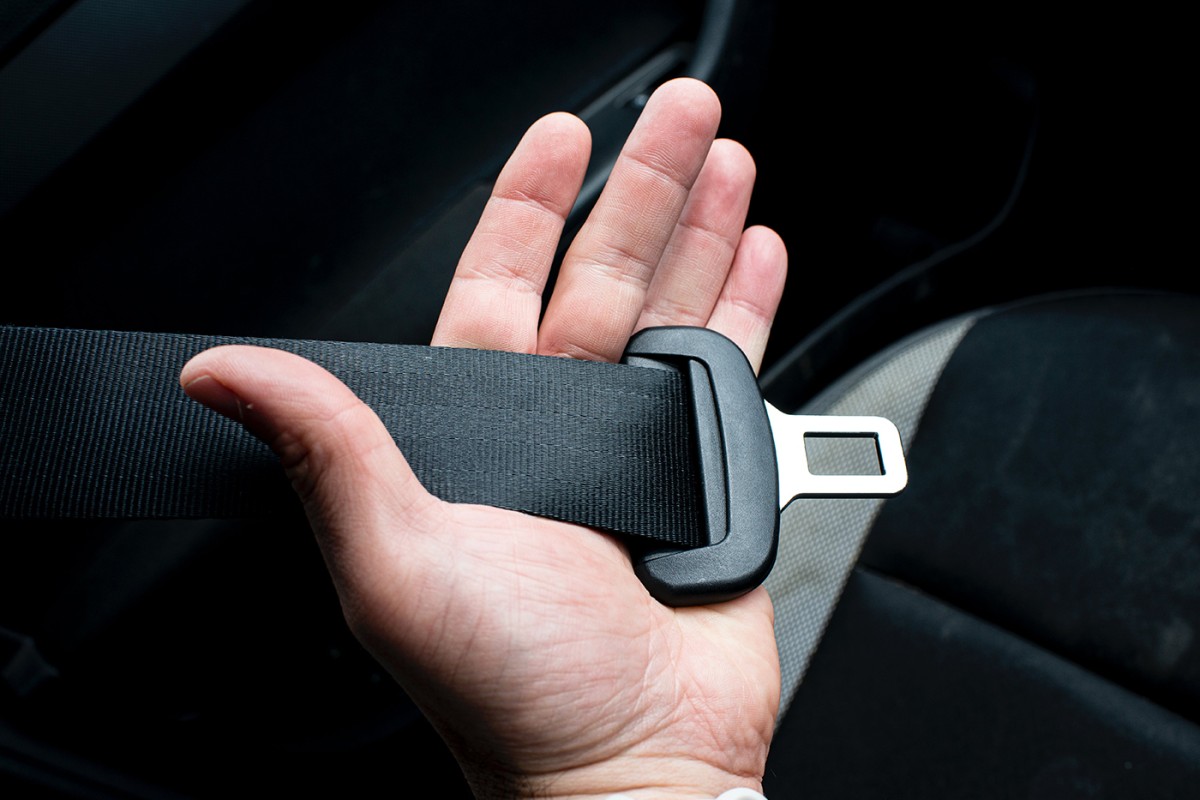Exploring the Use of Antimicrobial Additives in Car Seatbelts

As our awareness of hygiene and safety continues to evolve, industries around the world continue to incorporate innovative solutions into products to improve hygiene and product longevity. In the automotive sector, a new trend is emerging – the integration of antimicrobial additives into car seatbelts. This technology has many benefits and contributes to a cleaner and more hygienic driving experience. Car seatbelts are a high touch point element of a vehicle however they are generally neglected when it comes to cleaning the car.
This short video perfectly demonstrates just how dirty a car seatbelt can get!
The Rise of Antimicrobial Additives
The concept of antimicrobial additives is not new, with applications ranging from healthcare to household products. Now, the automotive industry is embracing this technology to enhance the hygiene of its most frequently touched components – including the seatbelts. Antimicrobial additives are substances that inhibit the growth of microorganisms, including bacteria and viruses, and they are now being woven into the fabric of seatbelts to passively improve hygiene in the driving environment.
The Importance of Cleanliness in Cars
Cars, being enclosed spaces, can harbour germs and bacteria that may contribute to the spread of diseases. The frequent touching of surfaces, including seatbelts, raises concerns about hygiene, especially in shared vehicles or during long journeys. Antimicrobial seatbelts are just one of the components that aim to mitigate these concerns by providing an additional layer of product protection against the proliferation of microorganisms.
How Antimicrobial Seatbelts Work
Antimicrobial additives work by disrupting the cellular functions of microorganisms, preventing their growth and reproduction. When integrated into the fabric of seatbelts, these additives create a hostile environment for bacteria and viruses, inhibiting their growth. The technology is designed to be durable, ensuring long-lasting product protection without compromising the structural integrity of the seatbelt.
Benefits Beyond Hygiene
While the primary goal of antimicrobial seatbelts is to enhance hygiene, there are additional benefits worth considering. The reduction of microbial activity can contribute to a fresher interior, minimising odours associated with bacterial growth. Moreover, antimicrobial additives may extend the lifespan of seatbelt materials by preventing microbial-induced degradation, making them a practical investment for both hygiene and durability.
The integration of antimicrobial additives into car seatbelts marks a significant step towards enhancing hygiene in the automotive industry. As we continue to prioritise cleanliness and safety in our daily lives, innovative solutions like antimicrobial seatbelts contribute to a cleaner and more comfortable driving experience. The potential benefits make this technology a promising addition to the ongoing efforts to create better automotive environments.
Find out more about Biomaster in the Automotive industry HERE.
← Back to blog



